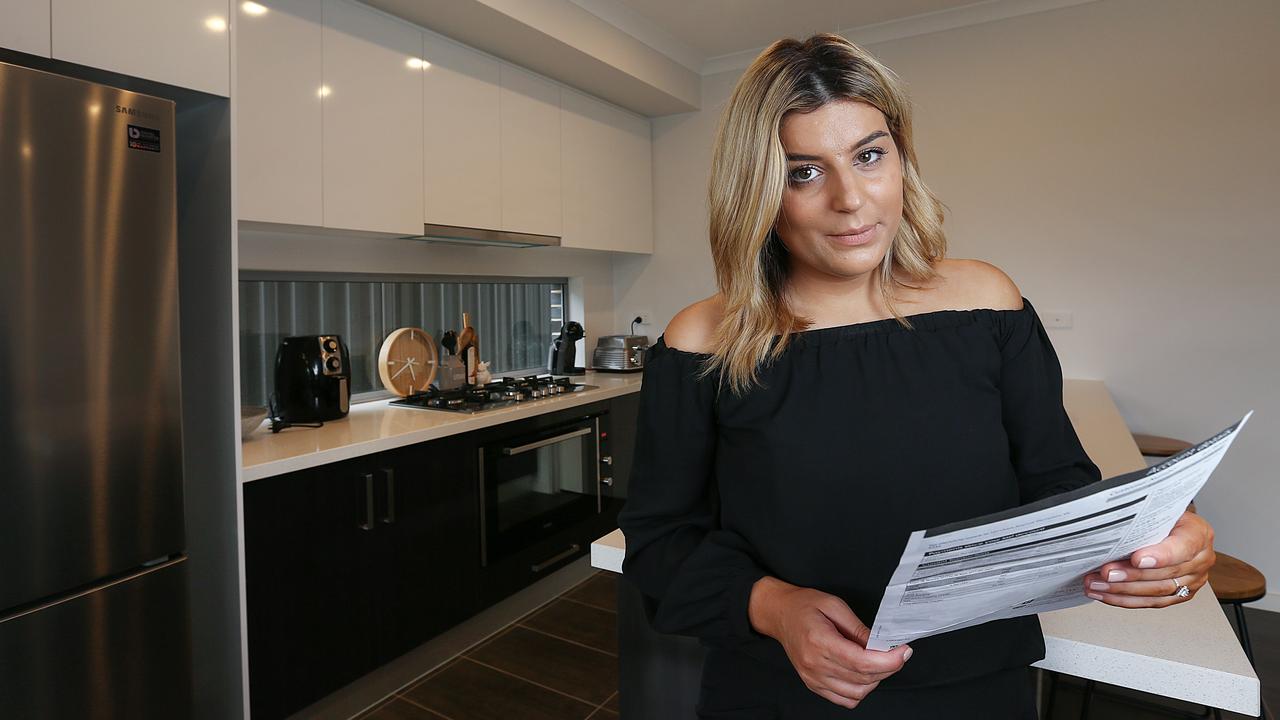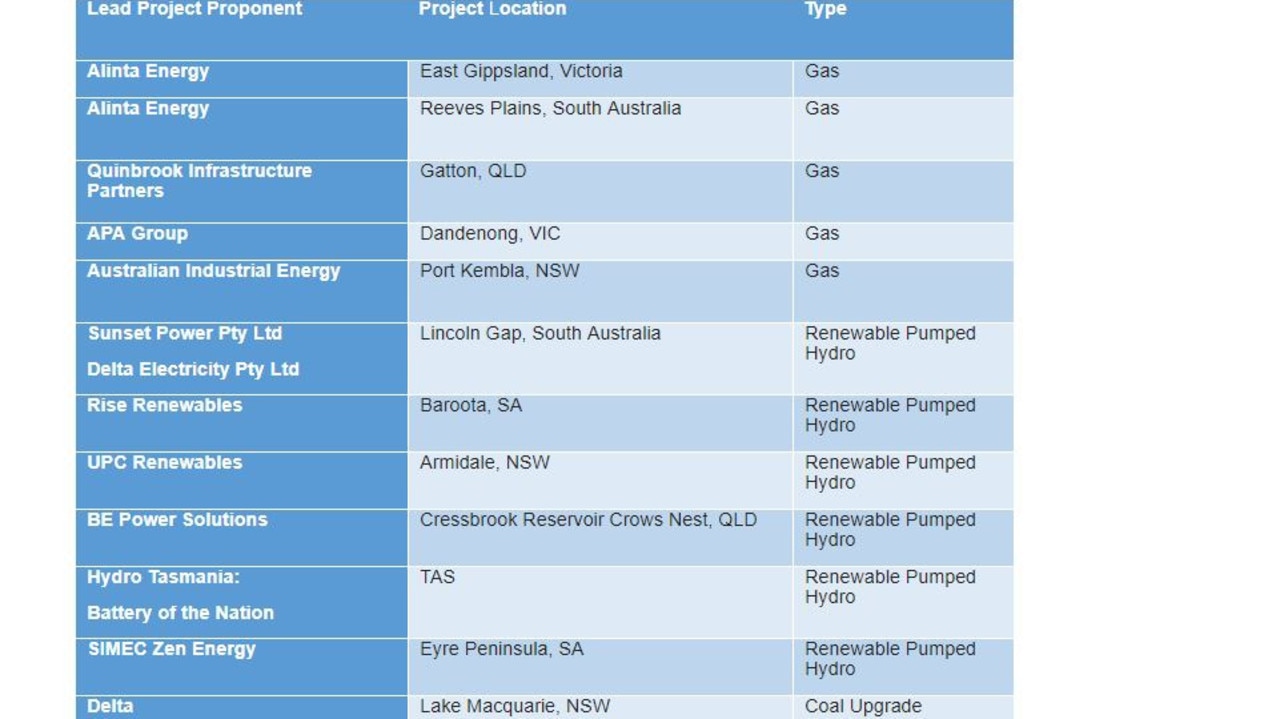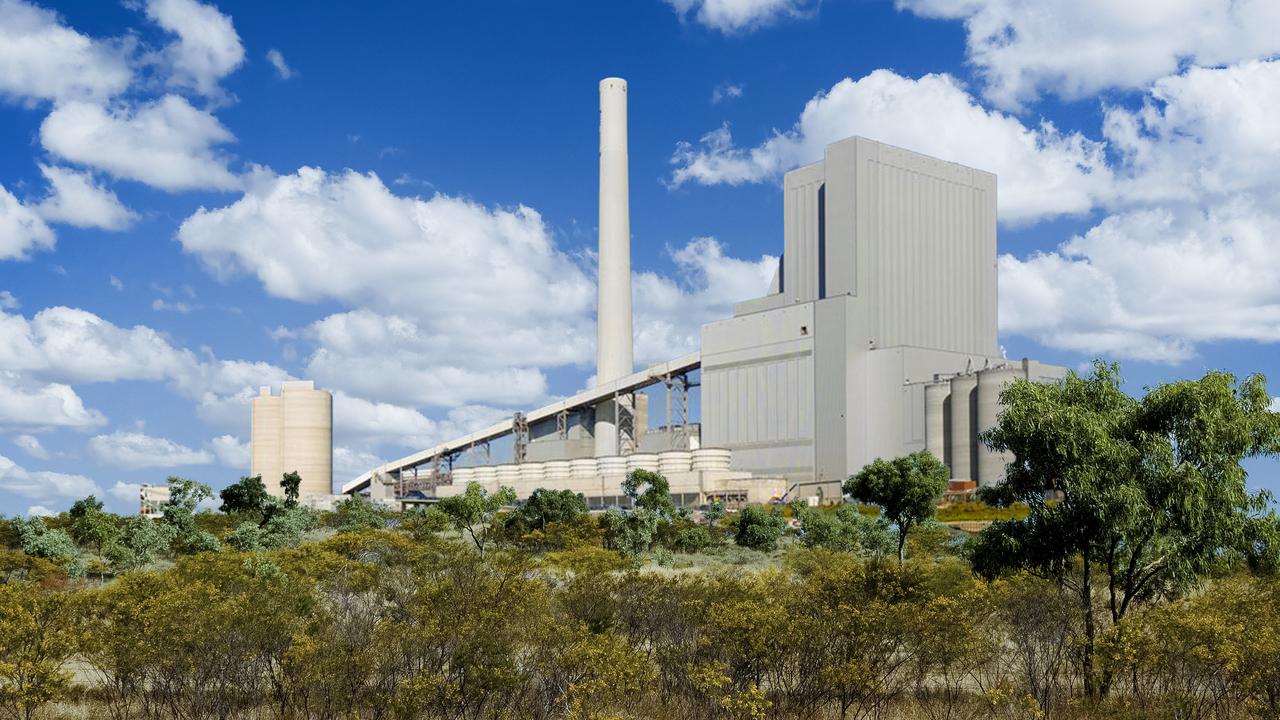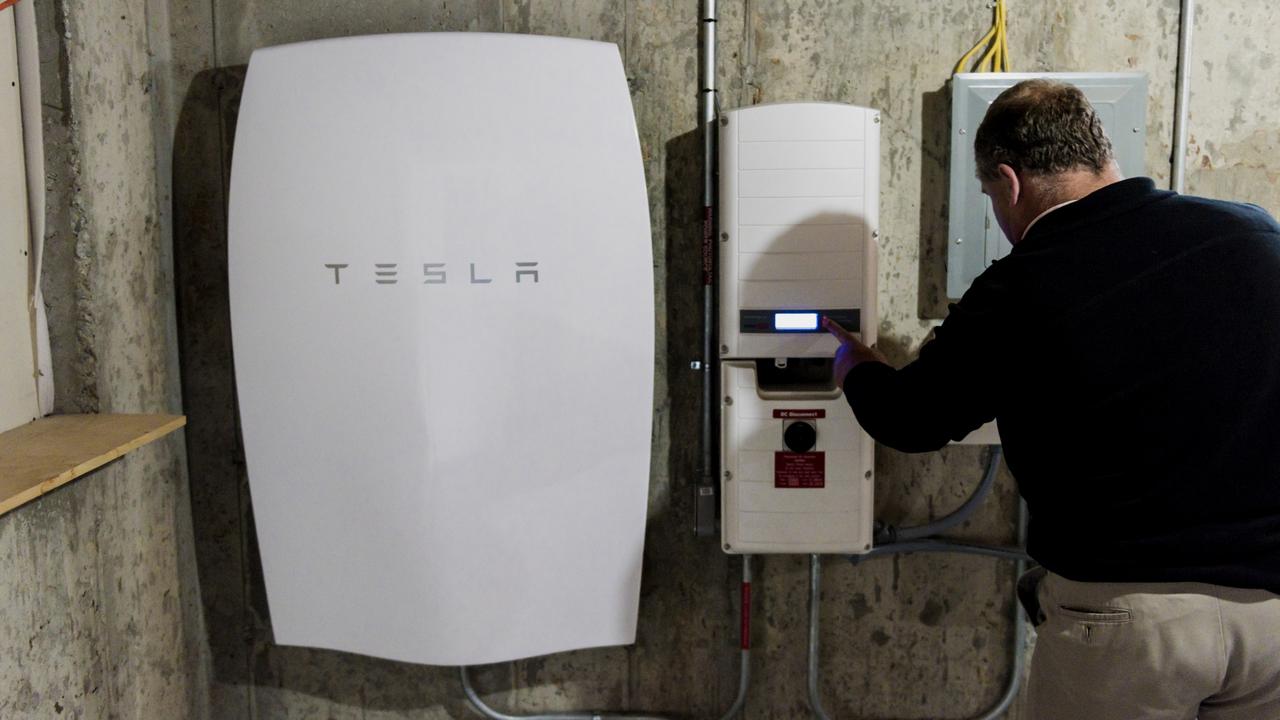Federal election 2019: The energy policies of Labor and the Coalition
Both major parties have revealed their plans for bringing electricity prices down and keeping the lights on. This is what they are promising.
Both major parties have unveiled plans for keeping the lights on in Australia and bringing electricity prices down ahead of an expected May federal election.
Rising power prices have been a major concern for households already struggling with flat wages and cost of living pressures.
Last year the Morrison Government announced a number of measures that will take effect soon.
Consumers are expected to enjoy price savings from April 30 when the Australian Energy Regulator introduces a “price safety net”, which involves power retailers setting their prices against a default market price.
The government has said the change could help households save hundreds of dollars, and businesses thousands. Families and small businesses are expected to see the changes reflected in their bills by 1 July, 2019.
The government’s “reliability guarantee” has also been adopted by all states and territories to ensure energy supply on the east coast of Australia.
Balanced against these measures is climate policy.
Prime Minister Scott Morrison is sticking with a carbon emissions reduction target of 26 per cent by 2030. While Labor is going for a more ambitious target of 45 per cent by 2030.
Over the weekend and this morning, more policies were announced to address energy and climate concerns. Here’s where the major parties stand.
COALITION’S ONE-OFF ENERGY PAYMENT
On Sunday, Treasurer Josh Frydenberg revealed 3.9 million Australians would receive a one-off Energy Assistance Payment to help with their next energy bill.
Singles would get $75 and eligible couples would get $125 paid before the end of the current financial year.
Veterans, carers, single parents, aged pensioners and people receiving the disability
support pension would be eligible for the payment.
However, new laws need to be passed in Parliament this week (before the election is called) to ensure the payment happens.
The measure is expected to cost about $285 million.

SUPPORTING COAL AND RENEWABLES
The Morrison Government has already announced it will put $1.4 billion in equity towards the Snowy 2.0 hydro project and another $56 million to accelerate the delivery of the Marinus Link, an interconnector to deliver power between Victoria and Tasmania.
The government will also consider underwriting the Marinus Link as part of its Underwriting New Generation Investments program.
The link is one of 12 projects short-listed for possible government support after 66 expressions of interest were received. Others include gas and hydro projects as well as a small coal upgrade project in NSW in Lake Macquarie.

The program is aimed at supporting expensive energy projects to get financing.
In its report on electricity prices, the Australian Competition and Consumer Commission (ACCC) recommended the government help get energy projects off the ground by promising to buy electricity from generators at a low price, about six to 15 years after they have been built. This assists companies to get loans from banks as it allows them to show they have future demand from customers willing to buy the power for a certain price.
QUEENSLAND
The government has singled out North and Central Queensland as having a “specific problem”.
Prime Minister Scott Morrison said there was an aluminium smelter and other heavy industries around Gladstone that needed reliable power.
The government will provide an extra $10 million to assess the feasibility of a range of projects to see what best can meet the power needs of the region.
In particular, Mr Morrison said the government would look at whether a new “clean coal” high efficiency, low emission (HELE) coal-fired power plant in Collinsville should be supported.
RELATED: The true cost of ‘clean’ coal-fired power plants
It will also look at upgrading existing gas and hydro generators as well as other projects, including in Gladstone.

The program is targeted to deliver at least 1000-2000 MW of new on-demand capacity with wholesale costs of below $60/MWh.
It’s important to note that the money is being put towards investigating the feasibility of these projects and no commitments have yet been made on whether to move forward with them.
The projects would be assessed under its underwriting program but the government has not ruled out also providing money for them.
Mr Morrison said the government had no plans to subsidise projects in North Queensland but did not rule it out.
“In North Queensland, what we’re looking to do is establish what is the most viable approach,” he said.
“There are no proposals for us to invest in those projects. What we have always been looking at is the underwriting provisions that can assist in those projects, gathering finance. But we’ll look at the case studies.”
Mr Morrison has also previously noted that the state Labor government in Queensland would also need to approve any new coal-fired power plants and it had “no intention of approving any such projects”. This would be a significant barrier to getting a coal project off the ground.
LABOR’S BIG MOVE ON CLIMATE
Labor has set an ambitious target for Australia to get half its power from renewables by 2030. It believes this will lower household electricity bills and create 70,000 jobs.
In contrast to the coalition, it has ruled out building new coal-fired power stations.
Labor will instead double the original investment in the Clean Energy Finance Corporation from $10 billion to $20 billion, to support new renewable energy generation and storage.
Labor will encourage people to install solar batteries by offering $2000 rebates for 100,000 households, with a target of one million batteries by 2025.

It also wants to increase electric car ownership. It wants half the cars sold in Australia in 2025 to be electric, and for half of the country’s passenger vehicles to be electric by 2030.
Australia’s 250 biggest polluting businesses will have to cut or offset emissions but Labor will allow them to make money by selling carbon credits if they exceed emission reduction targets.
“This means businesses can make money out of cutting pollution,” Labor’s statement says.
RELATED: What are the major parties’ climate change policies?
Electricity generators won’t be covered by the mechanism, instead falling under Labor’s energy policy. Major industries like steel and agriculture will also be exempt.
Companies with a high reliance on low-cost electricity will also be protected through a $300 million fund to help trade-exposed industries like steel, aluminium and cement manufacturing to remain internationally competitive.
Labor has also promised $5 billion to modernise Australia’s transmission network — which transports power around the country — including a Basslink cable to connect Tasmania with the mainland.
It will axe the coalition’s $2.25 billion Emissions Reduction Fund, which paid polluters to reduce emissions.
Continue the conversation @charischang2 | charis.chang@news.com.au




